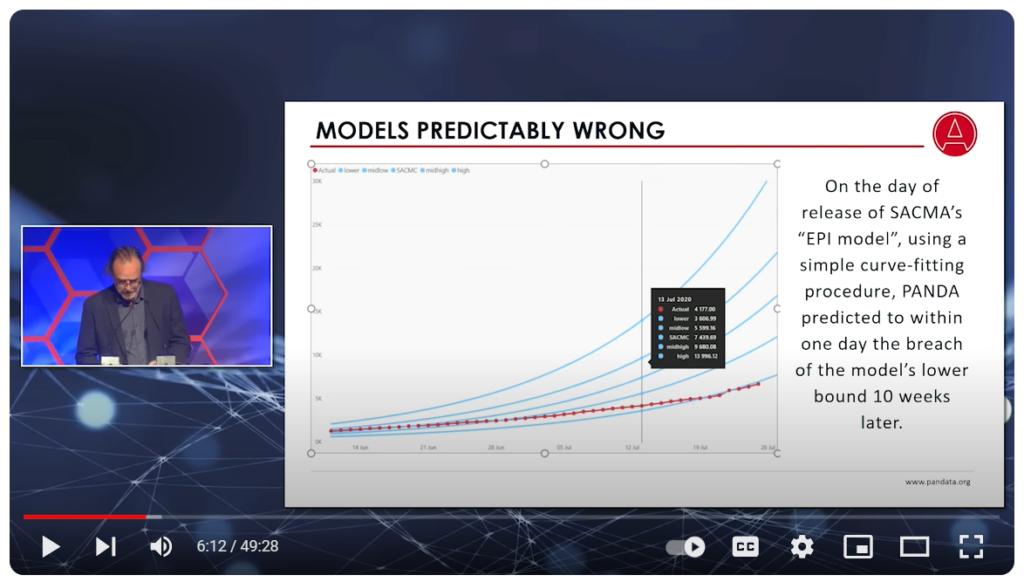Excerpt:
Activists credit the support of Beck, Maine Rep. Maggie O’Neil and state Sen. Chloe Maxmin for making Maine the first state to require fossil fuel divestment by law.
Passed and signed by Maine’s governor in 2021, LD99 calls for the state’s permanent funds and its pension system, MainePERS, to divest from fossil fuel investments by 2026 and not reinvest going forward.
It prohibits both specific lists of publicly traded companies as well as any whose “core business” is in fossil fuel exploration, extraction, refining, processing or infrastructure. (A separate 2021 law also requires Maine to divest from private prisons.)
Other pension systems, including New York state’s, have made promises to divest from companies whose primary business drives planet-warming emissions, but are not required to by legislation. In 2015, California passed a law to remove public investments in thermal coal, but a move to extend that to all fossil fuel companies died in the Legislature this session.
MainePERS’ assets — about $18 billion at the end of the last fiscal year — are small in comparison to New York and California, but how they manage their legislative mandate will be closely watched as other states face calls for fossil fuel divestment and wider questions of dealing with climate risk in investing.
Leaders at the pension system stressed a key phrase in the legislation, that any MainePERS divestment decision will be made “in accordance with sound investment criteria and consistent with fiduciary obligations” — crucial to a state constitutional requirement to its pension members.
….
MainePERS Chief Investment Officer James Bennett estimates about $1.2 billion of the system’s total holdings are in fossil fuel investments, split evenly between publicly traded companies and private investments.
Liquidating private investments will be more complicated, he says. Many of the limited partnerships MainePERS is invested in include fossil fuel assets alongside other infrastructure investments and cannot be separated. They’d need to sell the whole thing, if it indeed is within the financial interest of members to do so.
Author(s): Taylor K Brown
Publication Date: 13 July 2022
Publication Site: Governing






